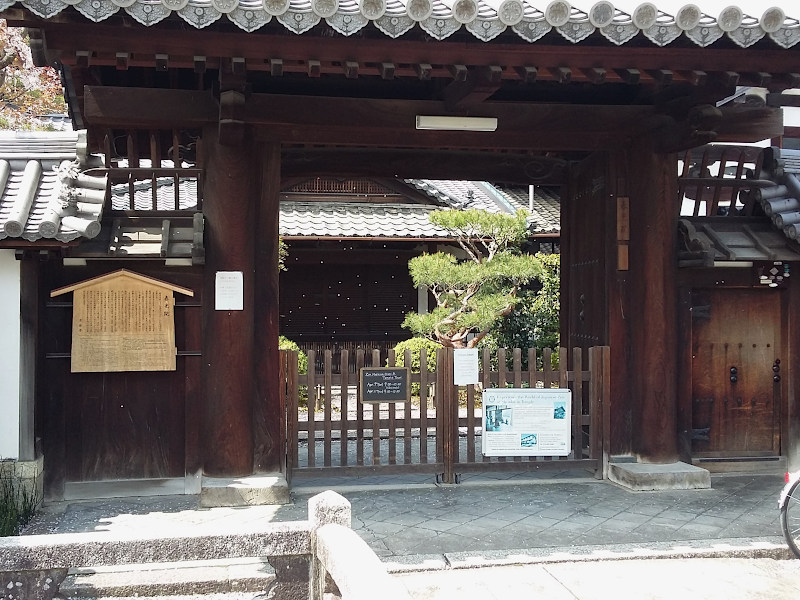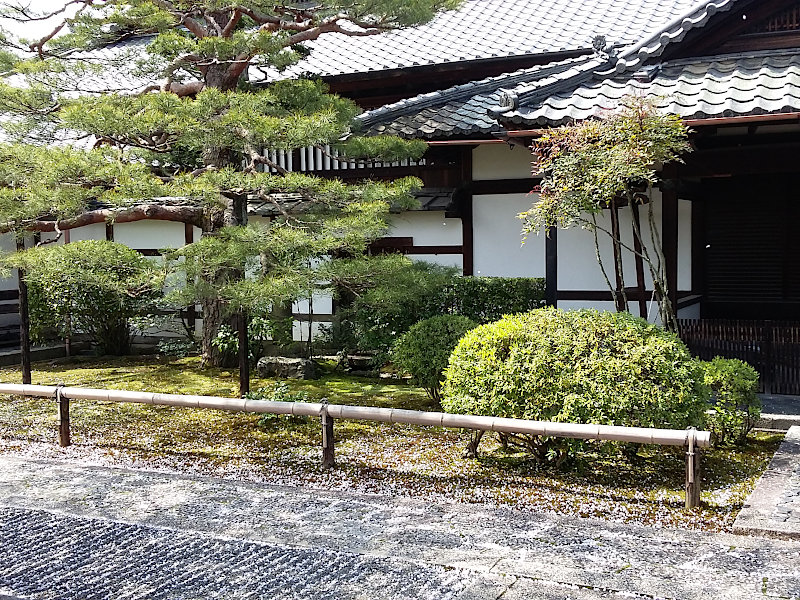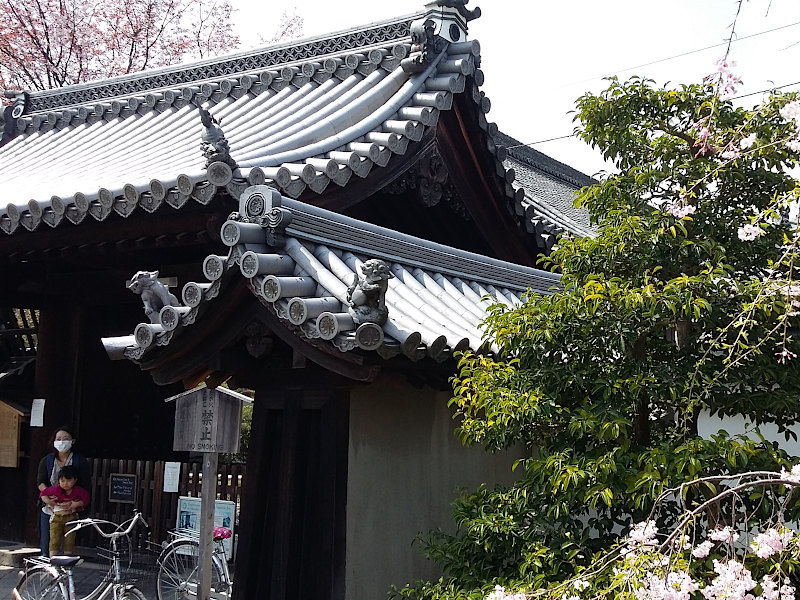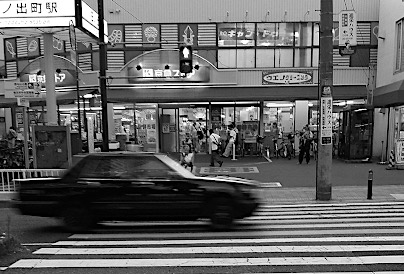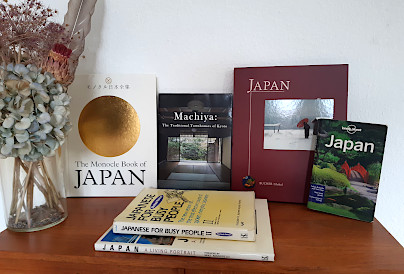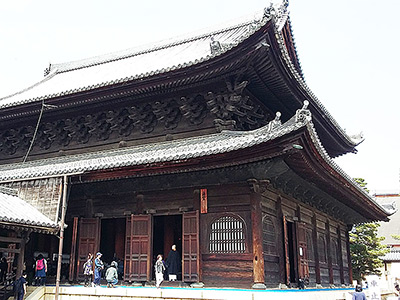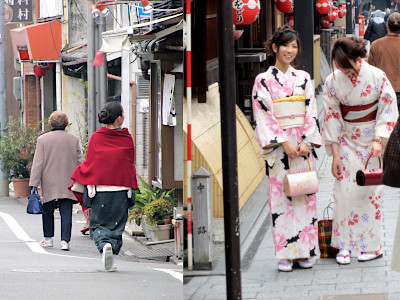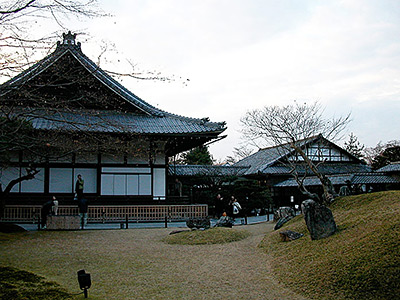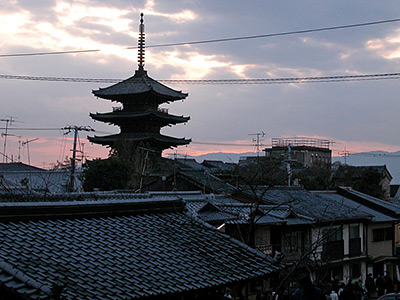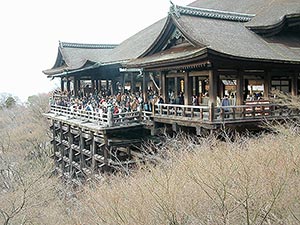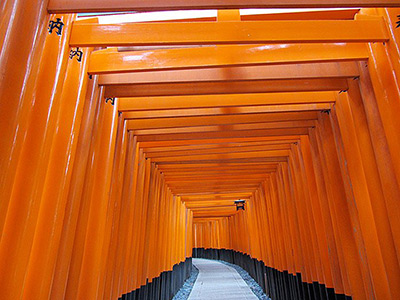Shunkoin Temple in Kyoto
This post can contain affiliate links, which means that we may receive a small commission if you make a purchase using these links.
Facts & Figures
The beautiful Shunkoin Temple (Temple of the Ray of Spring Light) in Kyoto is a Zen Buddhist Temple, which belongs to Myoshin-ji temple complex (one of the biggest in the city). The Myoshinji (Temple of Excellent Mind) school is the largest of 14 Japanese Rinzai Zen Buddhist schools in Japan. Shunkoin has many things to offer like the garden of Tokiwa, Sazareishi-no-niwa (The Garden of Bolders), Kirishitan Lantern (Hidden Christian Lantern), Bell of Nanban-ji, fusuma-e (sliding door panels), azalea planted by D.T. Suzuki (1870 - 1966) and much more.
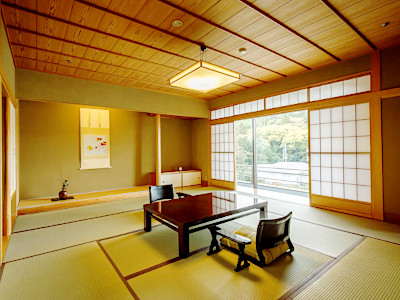 Explore Ryokans in Kyoto >
Explore Ryokans in Kyoto >
Ryokans are the perfect way to discover old Japanese culture and traditions.
- Shunkoin Temple:
- Opening Hours (Mon-Fri): - 09:00 am to 5:00 pm
- Opening Hours (Sa): - 09:00 am to 4:00 pm
- Opening Hours (Sun): - 09:00 am to 3:00 pm
- Myoshin-ji Temple Grounds:
- Open: - the whole year, 24hrs
- Admission Fee - free, but some subtemples will charge a fee
My tips for local activities
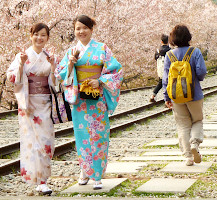
How about exploring the best parts of my favourite city Kyoto with a local guide? The personalized tour by our partner GetYourGuide can take between 2 - 8 hours. For more details check out this page >
History
Shunkoin was founded in 1590 by the feudal lord (daimyo) Horio Yoshiharu (1542 - 1611) also known as Horio Mosuke. He created this temple to mourn about the death of his eldest son. Horio Yoshiharu was an important supporter and vassal of the famous daimyo Hideyoshi Toyotomi (1537 - 1598). He became the first daimyo of the castle town Matsue, which is located in the Shimane prefecture.
Location

Shunkoin is located inside of Myoshinji Temple complex in the northern part of Kyoto near the famous Ryoanji Temple, a UNESCO World Heritage Site.
Address: 42 Hanazono Myoshinji-cho, Ukyo-ku, 616-8035 Kyoto
How to get to Shunkoin?
- 10min from Kyoto Station to JR Hanazano Station served by JR Sagano Line and
- 10min from JR Hanazano Station to Shunkoin
Sightseeing spots at the temple grounds
Top:
Kirishitan Lantern (Hidden Christian Lantern) - During the Edo period (1603 - 1867) everything related to Christianity was banned by the Tokugawa shogunate in Japan. People with this believe had to hide their religious objects or created items, which looked from the outside like Buddhist pieces. The Kirishitan Lantern belongs to these items.
Bell of Nanban-ji - The bell is dating back to 1577 and was produced in Portugal. It is a symbol of the Christianity in Japan and is designated as an Important Cultural Property. At the bell you find the emblem with the letters IHS. It is the signature of the Jesuit Society. In 1854 the bell was moved from the Nambanji temple (West European Temple) in the Shijo-Karasuma area in Kyoto to its current location (east of the Hojo chamber) at Shunkoin.
Sazareishi-no-niwa (The Garden of Bolders) - The main garden (dry garden style) of Shunkoin is simply beautiful. The theme of the garden is related to the Great Shrine of Ise (Ise-jingu) in Mie prefecture. Do not miss the little shrine there dedicated to the Toyouke-no-omikami (a goddess of agriculture). Before the Meiji period (1868 - 1912) it was completely normal to have Shinto and Buddhist items enshrined at the same place.
fusuma-e (Sliding Door Panels) - Eigaku Kano (1790 - 1867) painted these sliding door panels with gold-foilded pictures, which can be found in the main hall. The paintings dating back to the first half of the 19th century. Some of the panels show Confucian teaching themes. These lectures were especially important for warriors and samurai.
Azaleas of D.T. Suzuki (Daisetsu Teitaro Suzuki) - D.T. Suzuki (1870 - 1966), a famous Zen Buddhist philosopher and writer, planted these beautiful flowers in the front garden. Shunkoin Temple was at that time one of the most important centers of Japanese Buddhist philosophy. Many philosophers came here to meet and discuss Buddhism topics incl. D.T. Suzuki and Hoseki S. Hisamatsu (1889 - 1980).
Festival & Events in Kyoto (dates can change without notice)
April
Miyako Odori (1st - 31th)
The traditional annual spring dance of the Kyoto district Gion Kobu performed by Geiko and Maiko is a must-see on your Kyoto visit. Don't miss the most popular dances the Miyako Odori "Cherry Blossom Dances" or "Dances of the Old Capital" at the Gion Kobu Kaburenjo Theater (located close to Gion Corner).
May
Aoi Matsuri (15th)
The highlight of this festival is a large parade from Imperial Palace through Shimogamo Shrine to the Kamo Shrines. More than 500 people wearing aristocratic costumes from the Heian Period (794 - 1185). The Aoi Matsuri belongs with the Gion Matsuri and Jidai Matsuri to the three most famous festivals in Kyoto.
July
Gion Matsuri (whole month)
The month July is full of different events like the Yoiyama - Kyoto's Magical Night (locals in kimonos look at the giant Gion floats the day before the parade) or the famous Yamaboko Junko (float procession on the 17th of July).
October
Jidai Matsuri ("Festival of Ages") (22nd)
People celebrate with a large parade between Imperial Palace to Heian Shrine the anniversary of the foundation of Kyoto. App. 2000 participants wearing historical costumes from different time periods. Enjoy this great festival which last around 2 hours.
Where to stay in Kyoto?
Day trips from Kyoto:
My 100 Best Moments in Japan
I have visited Japan nearly every year since 2004. This is my collection of the 100 best moments in my favorite country. Enjoy the pictures and I hope you will start your own journey soon.
Find out more >
Books about Japan
Reading books is a great source of inspiration for me. Check out my recommended list of books about the fascinating country Japan.
My Book recommendations >

